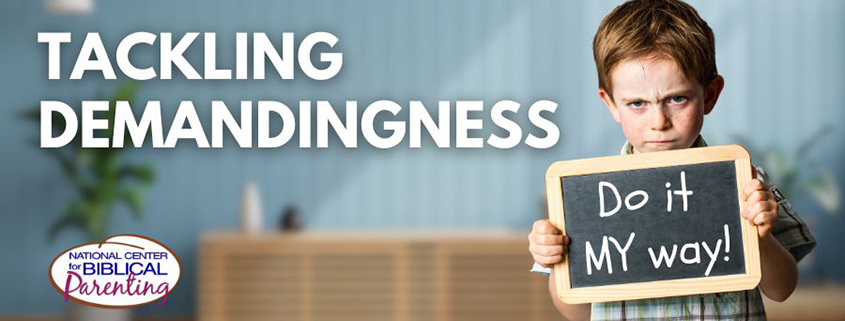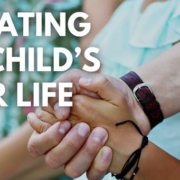Tackling Demandingness in Children

Liam is a bright, energetic, and ambitious eight-year-old, but lately, his demanding behavior has become a challenge. It started with little things—whining for a new toy, complaining about dinner, and badgering his sister over the TV remote. Soon, it escalated to constant arguments, venting his frustrations, and negotiating every request or instruction. Liam’s mother found herself increasingly exasperated, unsure of how to address this demandingness in a way that nurtured Liam’s heart. She felt exhausted and knew something needed to change. She couldn’t keep engaging in these daily power struggles.
Understanding Demandingness
Demandingness in children often manifests through arguing, whining, complaining, badgering, debating, negotiating, and moaning. If you’ve ever thought your child would make a great lawyer, then you likely have a child struggling with demandingness. These behaviors can strain family relationships and create an environment of tension and conflict. The good news is that while it takes two to argue, it only takes one to stop. As parents, the power to halt the cycle of demandingness lies in our hands.
In the heart, there are two essential qualities: ambition and contentment. Both are positive traits when balanced. We want our children to be ambitious—having goals, striving to achieve, and working hard. Simultaneously, we desire for them to be content in all circumstances.
However, imbalance in these qualities can lead to problems. Over-contentment may result in apathy, while excessive ambition can manifest as demandingness—when a child’s desires and wants overshadow their relationships with others. Philippians 4:11-13 serves as a reminder that contentment is a learned behavior, and parents can guide their children in this journey.
Responsive Strategies for Addressing Demandingness
In the moment, when children get demanding, here are three effective strategies to employ:
- Use More Visual and Expressive Language: Visual and expressive language helps children understand the impact of their behavior. For instance, instead of saying, “Stop whining,” try, “Your whining continually feels like a woodpecker hitting my brain. Instead of whining, try calmly stating your request.”
- Switch from the Issue to the Process: When a child is demanding, shift the focus from the specific issue to the process of communication. If Liam is badgering his mother about staying up late, she might say, “I’d like to say yes, but the way you are badgering me about it means I can’t say yes because you’re going about this the wrong way.” or consider “Liam, I’ve already given you an answer. You need to accept my no.”
- Postpone the Decision Until You Have More Information: Sometimes, postponing a decision can defuse the immediate demand. Instead of answering your child’s request with a yes or no, simply say, “Hmm, sounds interesting. Tell me more.” When you know more, you can make a better decision.
Proactive Strategies for Harvesting Contentment
To cultivate a heart of contentment in children, consider these three proactive strategies:
- Brainstorm Responses in Advance: Prepare children for moments of demandingness by discussing appropriate responses beforehand. For example, you can role-play different scenarios with your child, helping them practice calm and respectful ways to respond to a possible “No” answer.
- Use Visuals: Visual tools can help children recognize and regulate their emotions. An emotion thermometer can help a child in identifying when they’re becoming too demanding and need to cool down.
- Develop Emotional Flexibility: Children need to learn the difference between a wish, a desire, and a demand. Encourage children to restate demands as wishes. Demands occur when children invest high levels of emotion and expectation in something. Children need to learn how to let things go.
Heart Change that Lasts
As Liam’s mother began using these strategies, Liam’s initial response was negative. She saw an uptick in some of Liam’s big emotional responses. Over time, as Liam’s mother used proactive solutions to develop contentment and continued to calmly focus on the process rather than the issue when Liam got demanding, Liam’s heart began to change. Liam was still the same energetic and ambitious son his mother always knew, but he also had unlocked the secret to contentment. For parents seeking further guidance, download your free copy of “Your Child’s Roadmap for Navigating BIG Emotions“. This resource offers practical tools and insights to support your child’s emotional development and strengthen your parenting journey.












Leave a Reply
Want to join the discussion?Feel free to contribute!